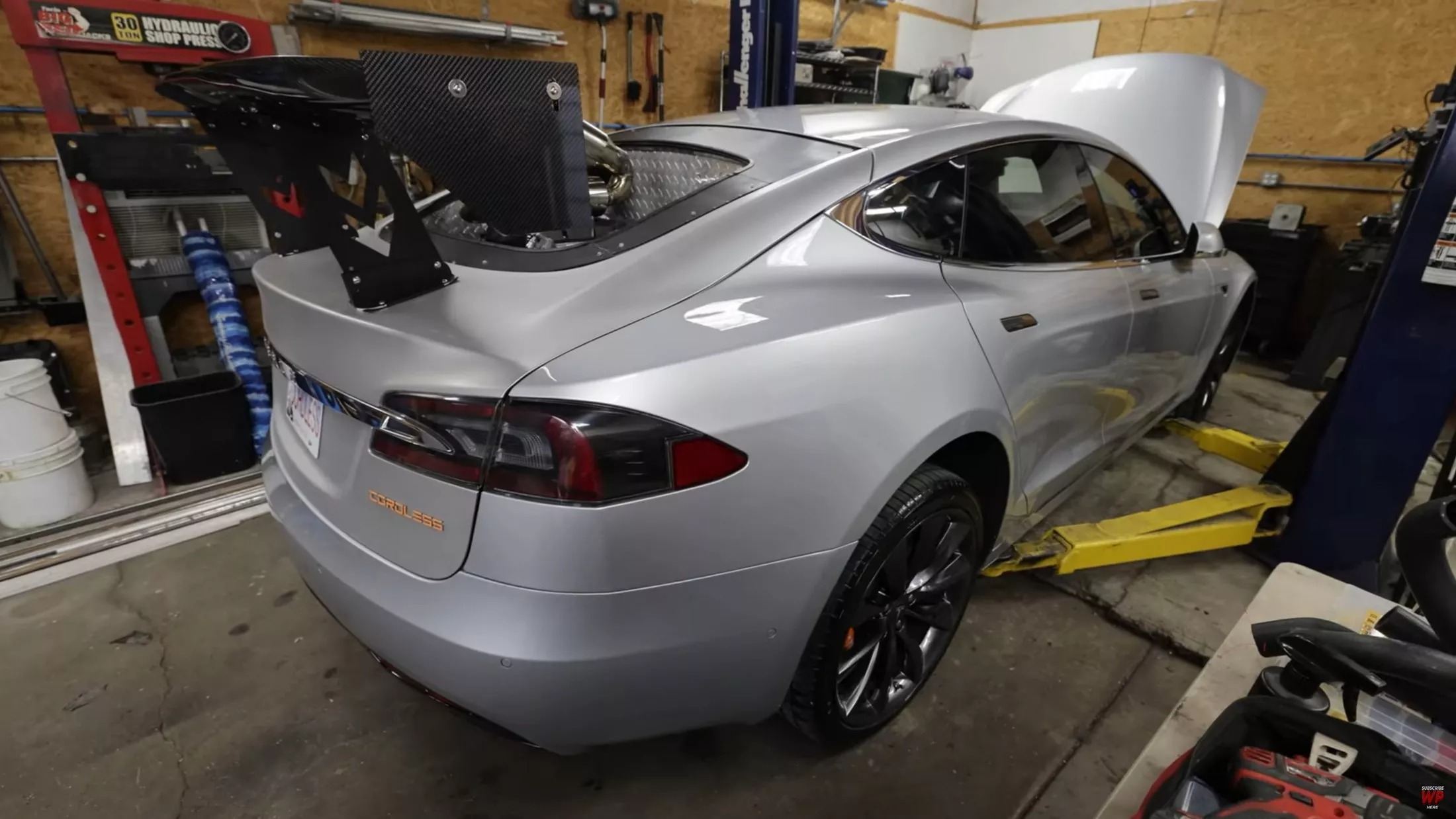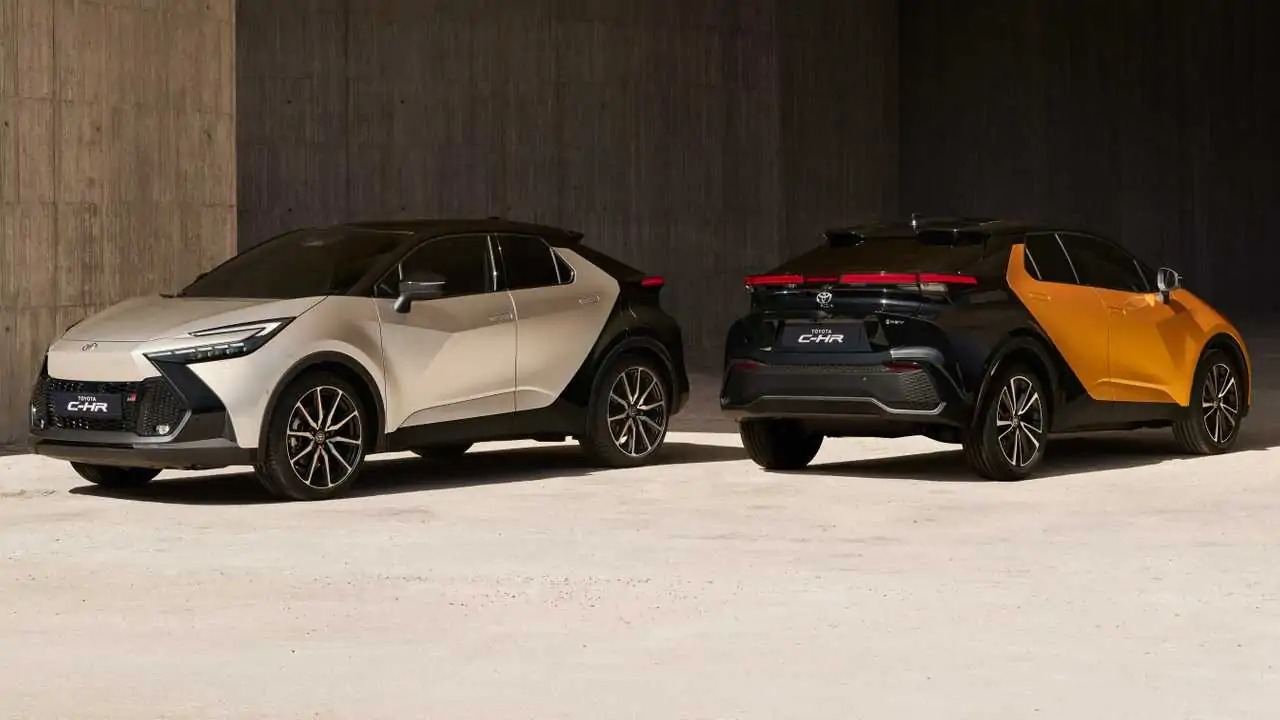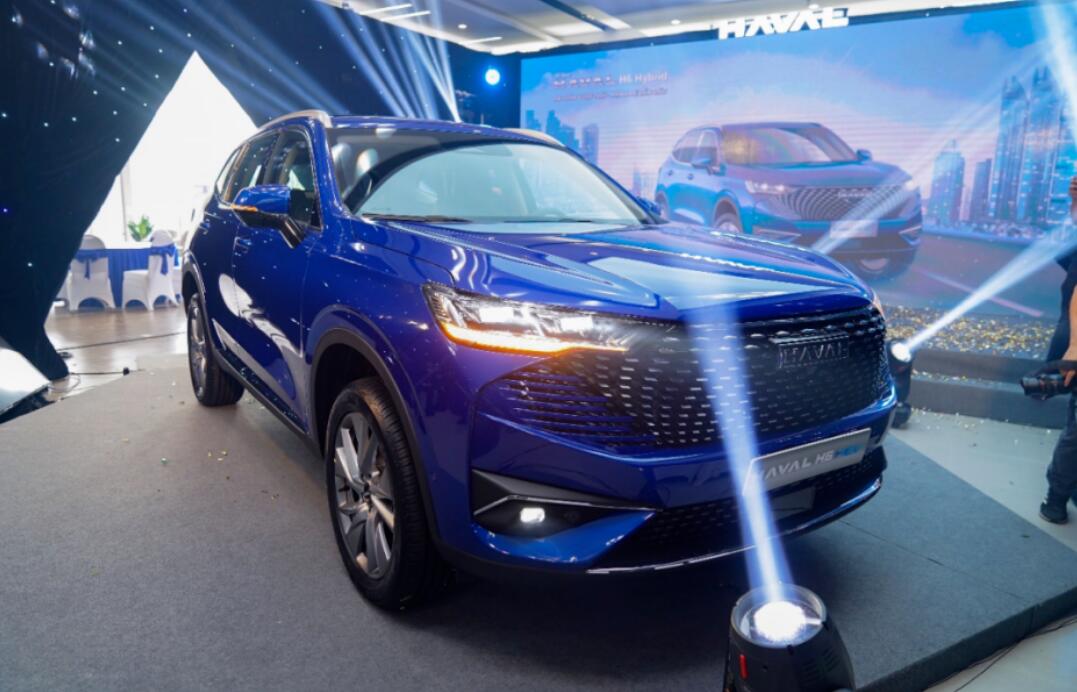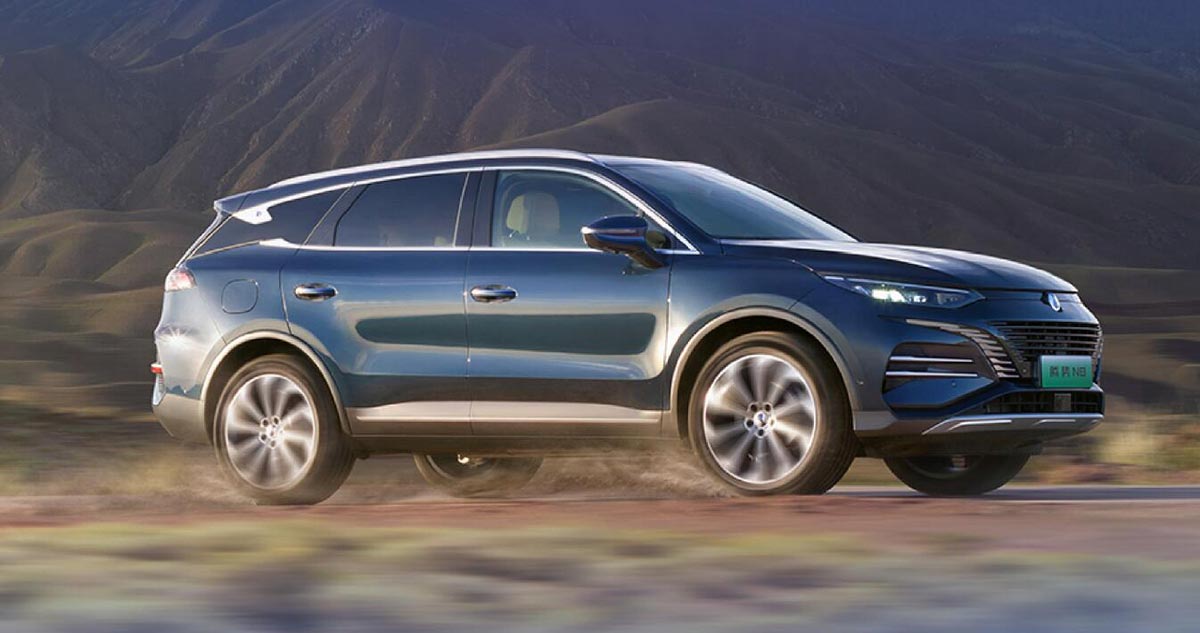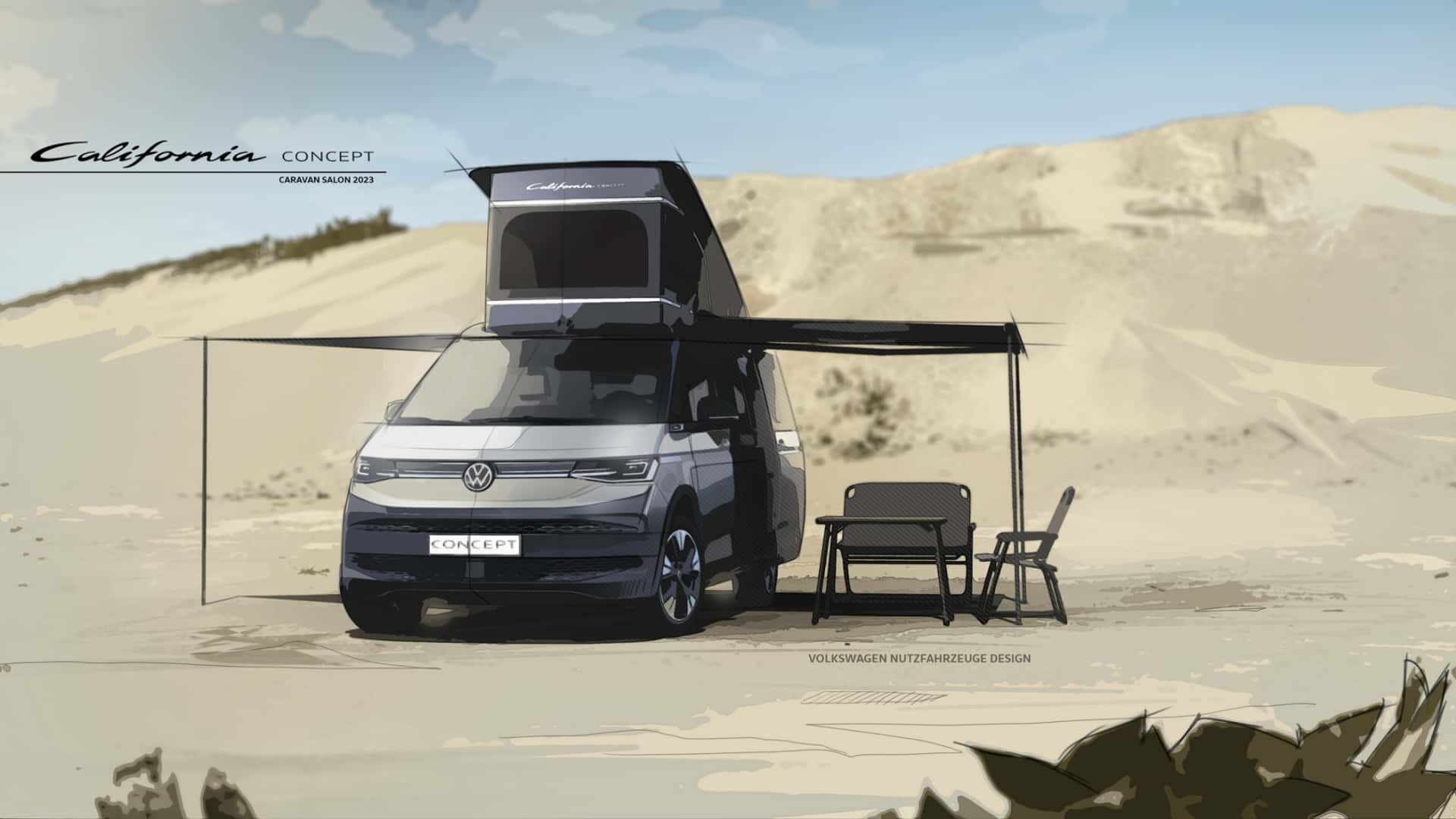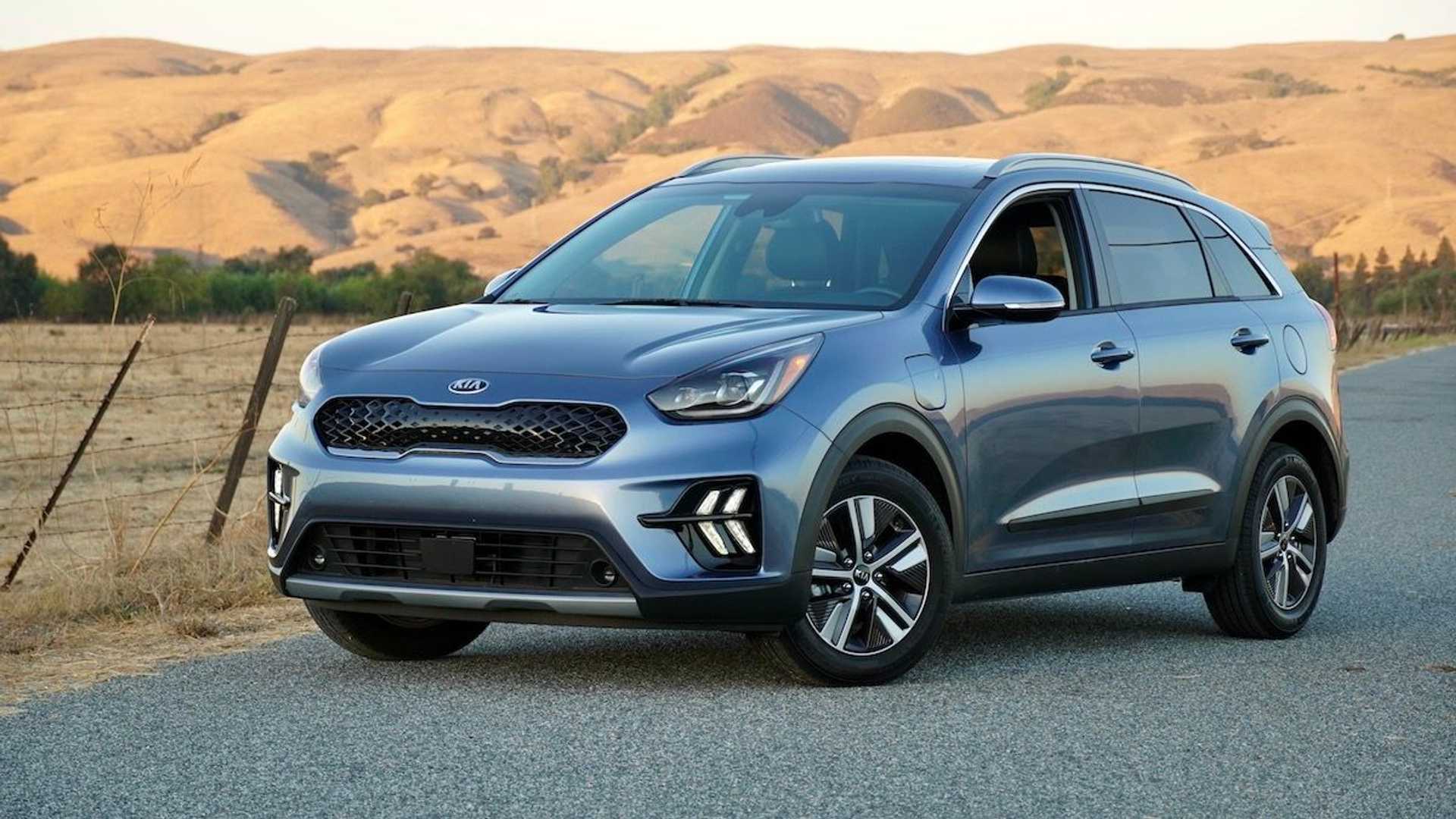Range anxiety, a prominent concern among prospective electric vehicle (EV) buyers, may have found an unconventional solution. The Warped Perception YouTube channel embarked on a groundbreaking project, retrofitting a Tesla Model S P85D with a turbo diesel engine as a range extender for a 2,500-mile (4,023 km) road trip, aiming to minimize the need for frequent charging.
Despite the visually appealing setup, which includes a partially external installation, one drawback becomes immediately evident: the diesel engine’s excessive noise. The addition of the engine compromises the tranquil luxury associated with EVs, raising questions about the desirability of affixing an engine to the rear of one’s vehicle.
The challenges of the retrofit become more apparent during the journey, particularly concerning cooling. The diesel engine consistently overheats, hampering the charging process for the 25 hp (19 kW/25.3 PS) generator and preventing optimal battery replenishment.

Nevertheless, despite operating at only 80 percent power due to a sizable roof scoop, the modified Tesla achieves an energy consumption rate of 59 Wh/mile. The project’s creator estimates that this efficiency would enable the Model S to cover 1,600 miles (2,575 km) on a single charge, with a full tank of diesel.
Regrettably, the vehicle did not maintain peak efficiency throughout the trip, resulting in the consumption of 77 gallons (291 liters) of fuel during the video shoot. This translated to a fuel efficiency rating of approximately 35 MPG (6.7 lt/100 km), comparable to that of a standard 2023 Honda Civic powered solely by an internal combustion engine.
Considering the Tesla Model S’s larger size, greater weight, and higher power output compared to the Civic, the fuel economy figures prove underwhelming for environmentally conscious individuals. As the hybrid Model S project progresses, Warped Perception is now exploring the possibility of utilizing a supercharged rotary engine to charge the batteries, aiming to enhance efficiency and streamline the vehicle’s design.

